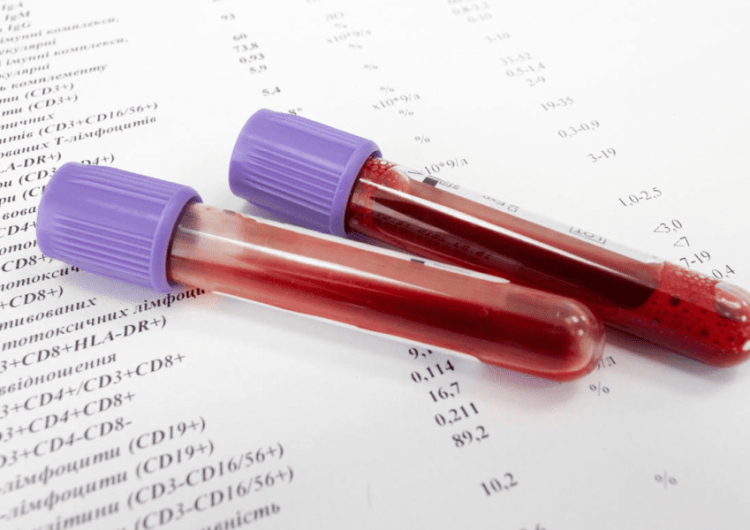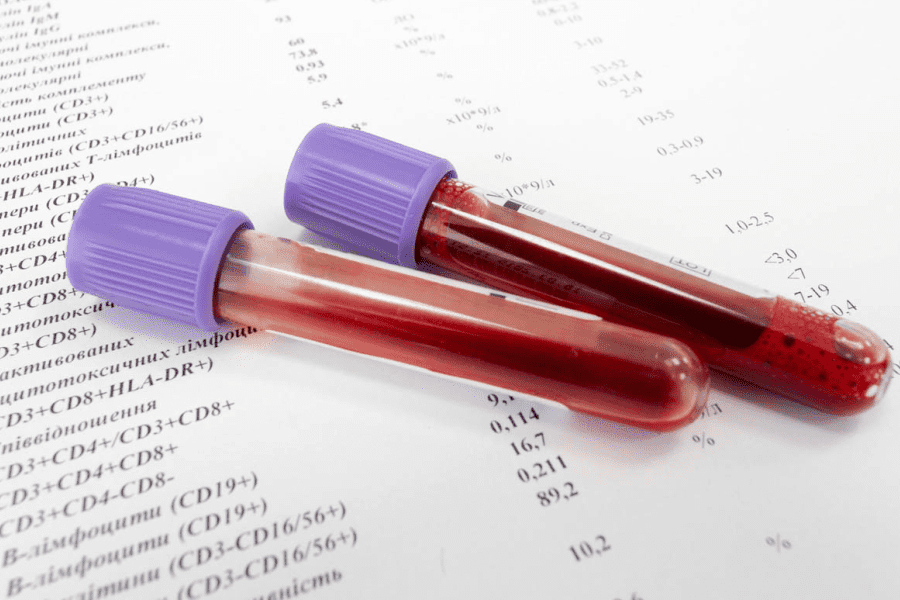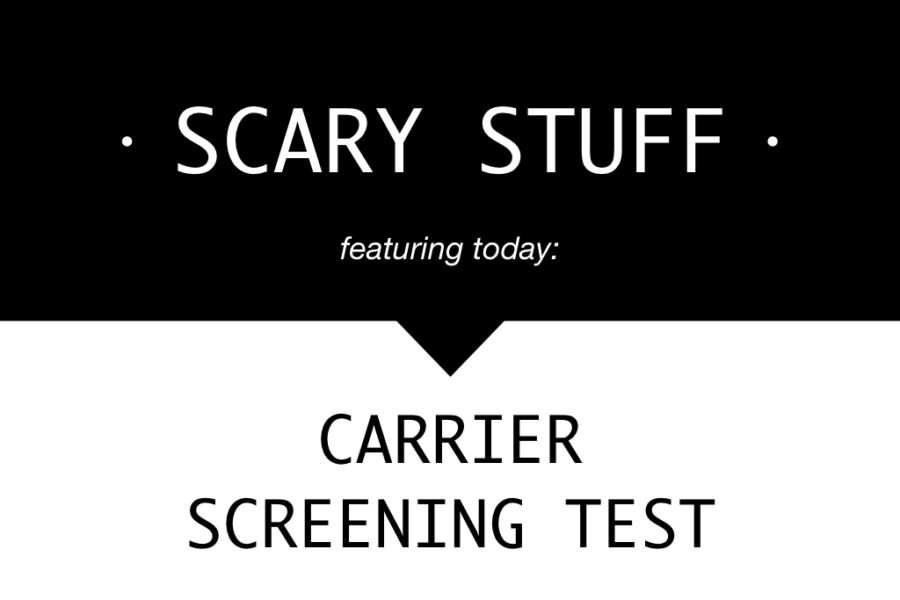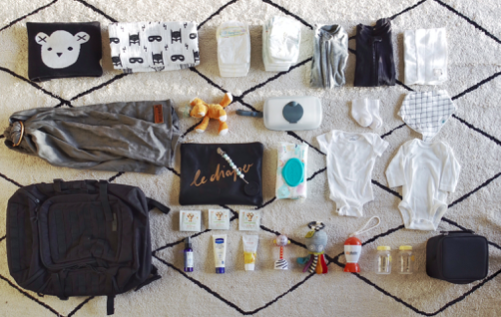Last week I wrote briefly about my 1-month-long “conceiving journey” when we decided to have our first baby.
I was on pills since I was 18 years old, so when – at 34 years of age – I told my doctor I was ready to be a mom she told me that it wouldn’t be that easy.
Being an overachiever I was not ready for failure – so I did every single thing I could the day I stopped taking my pills :
Detox Diet
Acupuncture
Chinese Medicine Herbs
BBT Tracking
Digital Ovulation Tests
Meditation
…and BOOM, I was pregnant after one month of actually “trying to conceive” – TTC for the close ones …
When Luke was born 13 months ago, and we were not so sure of wanting Irish Twins, I went to my doctor to get an IUD.
I got the 5-year mirena – and besides the hella of pain of the first night, it is WONDERFUL!
No PMS, no cramps, no blood!
A month ago – or 2 weeks ago – my husband and I agreed it was the right time for baby #2.
Googling about getting pregnant after IUD removal, at 36 years of age made me call my doctor right away for an appointment to talk about it.
We talked about everything
about her experience as a mom of kids who are 23 months apart, about my age, about me wanting – maybe – more than 2 kids and decided that taking my IUD out was the right choice at the moment.
She did tell me it might take up to 6 months to get my cycle back – every person is different.
She also asked me if I wanted to check my fertility.
Hummmm … what does it mean to “check my fertility” ?
Well, you know, you’re not young (she actually said you’re closer to 40 than 30 … so let’s get real) – your hormones change, your “egg reserve” might not be as great as it once was.
So, checking your fertility basically means doing a bunch of lab exams : FSH, ESTROGEN, T4, TSH and AMH.
Unlike men, who produce sperm on an ongoing basis, females are born with a lifetime supply of eggs in their ovaries. When a girl reaches puberty, her eggs are released on a monthly basis; by the time a woman reaches menopause, her egg supply (and potential fertility) is exhausted.
She gave me the lab slip, and said that I should only do it once I got my period – on the 3rd day of my period.
I never thought I’d be so happy of getting my period – It came 3 days after I removed my IUD !
Saturday morning, before yoga, I went to the lab and drew 5 tubes of blood – that was easy!
Tuesday AM my phone rings – it’s my doctor :
Your exams came back.
You AMH is surprisingly low – that means that your ovarian reserve is low
SILENCE
AMH refers to the Anti-Mullerian Hormone. This is a substance which developing egg sacs – ovarian follicles – secrete. The higher the number of eggs remaining in the ovaries, the higher the level of AMH in the bloodstream. Therefore, a low level is considered to be a sign of a low ovarian reserve, i.e. few remaining follicles.
My question was – what do you mean by “surprisingly low” ?
She explained that low AMH is usually thought to be an AMH below 1.05 ng/ml. Mine was 0,16 ng/mL – SURPRISINGLY LOW FOR SOMEONE THAT CONCEIVED SO EASILY A YEAR AGO.
A low level of FSH (follicle stimulating hormone) can be an additional indicator of a problem with the quantity of a woman’s eggs – which, thankfully, was not my problem.
To double check how low my reserve was, my doctor recommend another exam : Basal Antral Follicle Count – which is a transvaginal ultrasound study that measures a woman’s ovarian reserve, or her remaining egg supply. So, instead at looking AMH which is a “marker” you actually go there an count how many follicles you have.
I was so nervous, and emotional when I walked in the ultrasound room.
My husband was with me, holding hands…
The nurse seemed to have a hard time finding anything there.
She finally counted 1, 2 … that’s it.
Let’s check the other side – by that time tears were streaming down my eyes.
1, 2, 3, 4, 5.
Once she left the room, my husband looked at me and asked “- that’s good right? we only need one egg”
No, it was not good.
My doctor came in, explained the results – and that women my age, 36, usually have 15+ follicules in each side.
She also said that I should try naturally for 6 months before looking for a specialist – as both AMH and AFC only indicate the quantity of eggs, but not their quality, and I did get pregnant really fast when trying for the first time.
But … she also handed me a piece of paper with 2 specialists, in case I didn’t want to wait for 6 months.
I cried.
A lot …
… but the story continues – stay tuned!
Share your comments if you have a story related to these unpleasant 3 letter acronyms – AFC, AMH, FSH.








